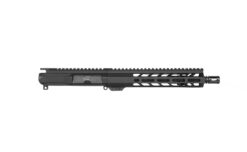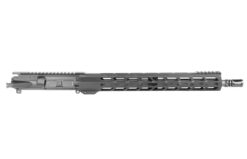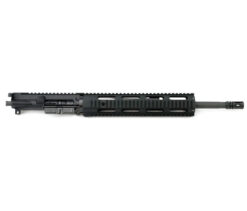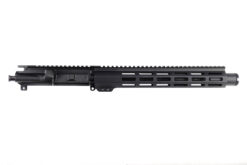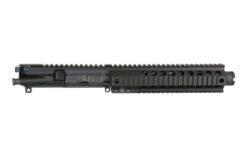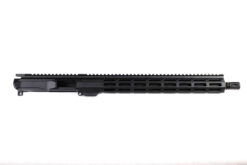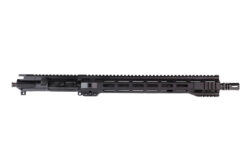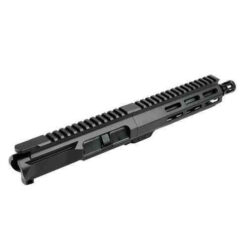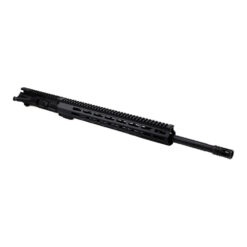On-Sale
Save 25%
MSRP: $279.95
Original price was: $259.95.$209.95Current price is: $209.95.
Save 10%
MSRP: $334.95
$299.95
On-Sale
Save 39%
MSRP: $329.95
Original price was: $289.95.$199.95Current price is: $199.95.
Save 21%
MSRP: $569.95
$449.95
Save 11%
MSRP: $369.95
$329.95
Aero Precision M4E1-T Complete Upper, 16″ 5.56 HBAR Barrel, 15″ M-LOK ATLAS S-ONE HG – Anodized
Aero Precision
Save 16%
MSRP: $655.00
$549.95
Save 17%
MSRP: $299.95
$249.95
On-Sale
Save 39%
MSRP: $329.95
Original price was: $259.95.$199.95Current price is: $199.95.
Save 17%
MSRP: $389.95
$324.95
Save 9%
MSRP: $329.95
$299.95
Save 17%
MSRP: $499.95
$414.95
Save 11%
MSRP: $359.95
$319.95
Save 10%
MSRP: $749.99 – $799.99
Price range: $674.99 through $719.99
Save 10%
MSRP: $470.75 – $492.15
Price range: $424.95 through $442.95
Save 7%
MSRP: $279.95
$259.95
Save 10%
MSRP: $399.95
$359.95
Save 4%
MSRP: $499.95
$479.95
New
Geissele Automatics Super Duty MOD1 5.56 NATO Complete Upper Receiver – 11.5″ – DDC
Geissele Automatics
MSRP: $1,438.00
$1,438.00
Save 17%
MSRP: $599.00
$499.00
Save 7%
MSRP: $1,468.00
$1,366.00
Save 9%
MSRP: $1,599.00
$1,450.00
Save 7%
MSRP: $1,468.00
$1,366.00
Save 7%
MSRP: $1,566.00
$1,457.00
Save 13%
MSRP: $399.95
$349.95







